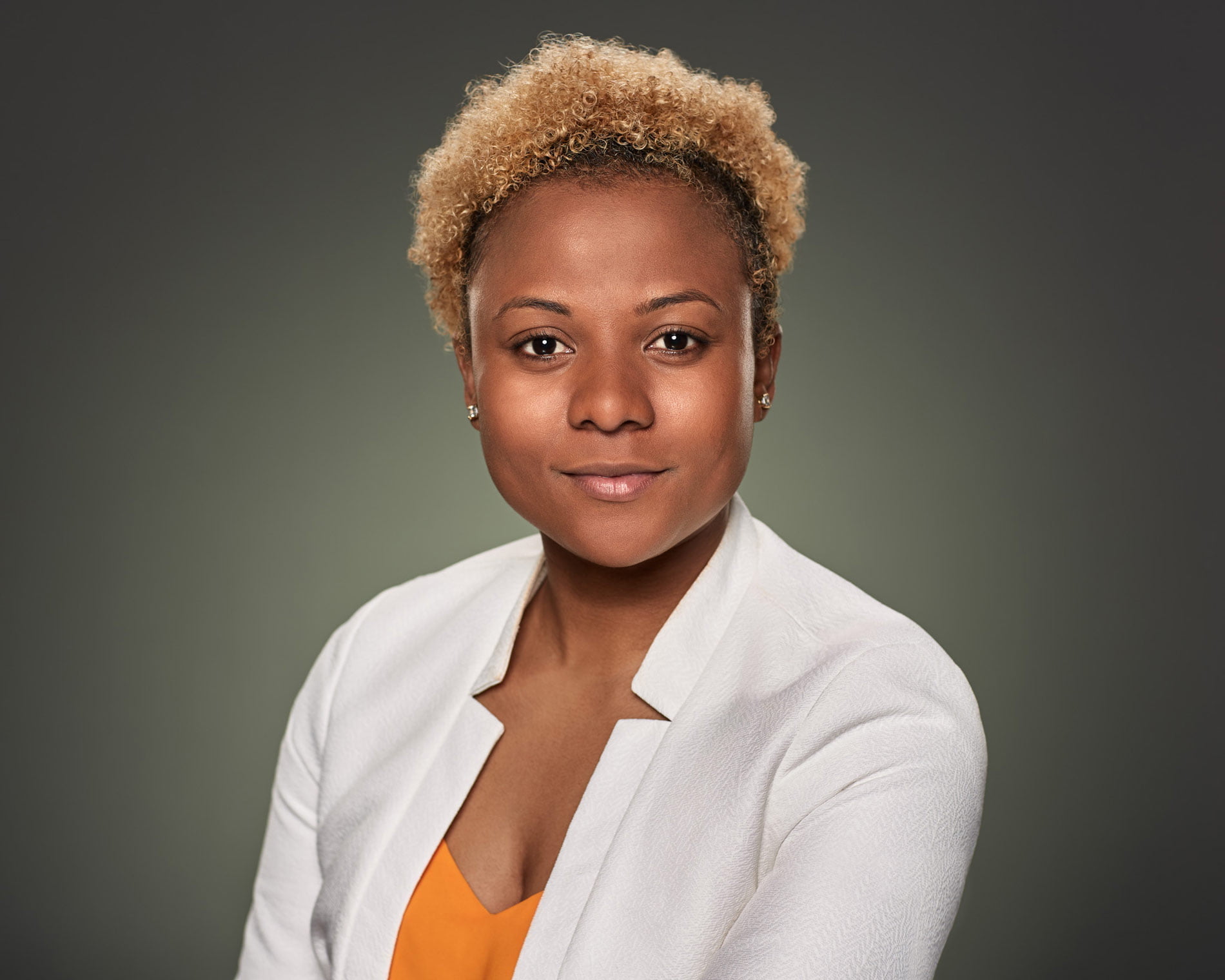
So you’re looking to book a corporate photographer? Hiring a corporate photographer can be a fantastic way to get new business headshots and portraits for you and your team. But where do you start?
This is a problem that a lot of people come up against when they’re thinking about getting new headshots. Most people aren’t familiar with the process and the different options available.
Luckily, you’re in the right place.
We’ve put together this handy guide to help you understand your options and terminology for corporate portraits. By the end of this guide, you’ll be armed with the knowledge you need to pick the best corporate photographer for your needs and also brief them like a pro.
Let’s dive in.
* Featured image by the excellent Lee Christiansen, an Uxbridge based professional photographer.
One of the most important elements of a corporate portrait is its style. The type of portrait you choose has a significant effect on the look and feel of the photo and how it comes across to others. There are two main types of corporate portraits: headshots and half-length portraits.
(Full-length portraits are an option, but you usually don’t need them (unless you have shoes you simply have to show off.)
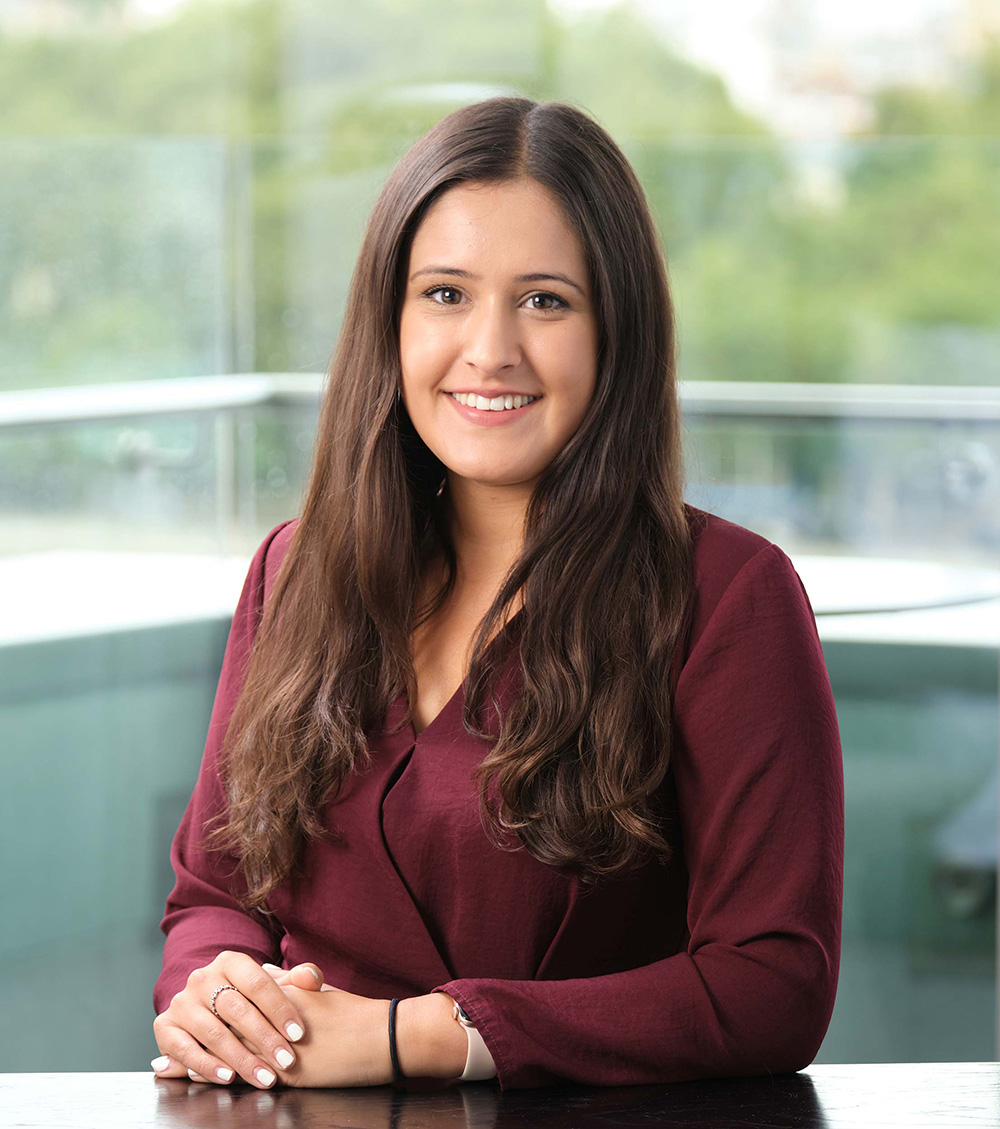
Corporate headshots are close portraits showing the head and shoulders with a strong focus on the face.
Headshots are popular for professional settings where the photos could appear as small thumbnails. You can still see a recognisable face even when they’re small.
One of the benefits of headshots is that they remove any potential distractions. If you don’t want to show much of your body or clothing and prefer to focus on the eyes and a confident gaze into the lens, a corporate headshot is an ideal choice.
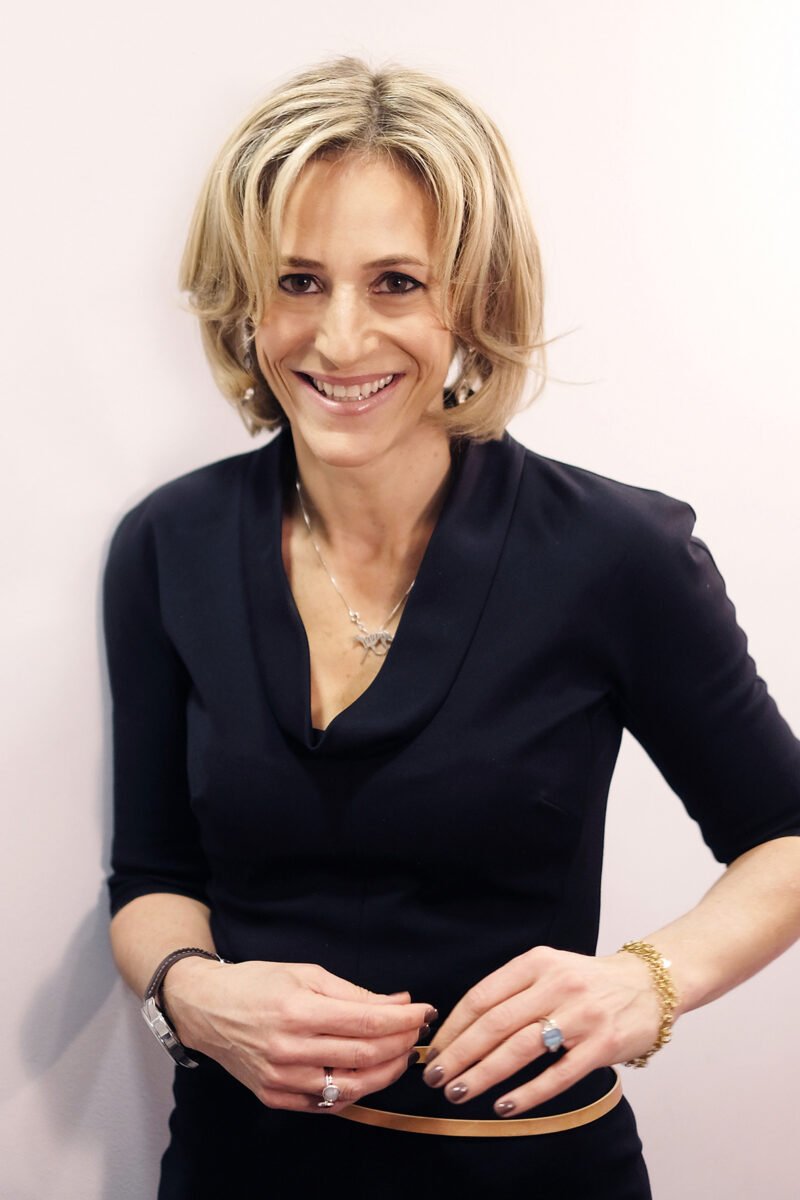
Half-length of waist-up portraits show the upper part of the body.
Half-length business portraits are great when you want to bring a bit more personality to the photos. They can show body language and dress choices, and if you’re not shooting against a plain backdrop, they also have room to show a bit more of your environment.
Getting a mixture of headshots and half-length photos in a single corporate portrait sitting is common. Having a variety of shots means you can use them on various platforms and for different purposes.
Much like the type of portrait you choose, the background has a significant impact on the end result. When you’re organising your shoot, try to think about what you’re looking for in your portraits and how the background will affect them.
Here are your main background options:
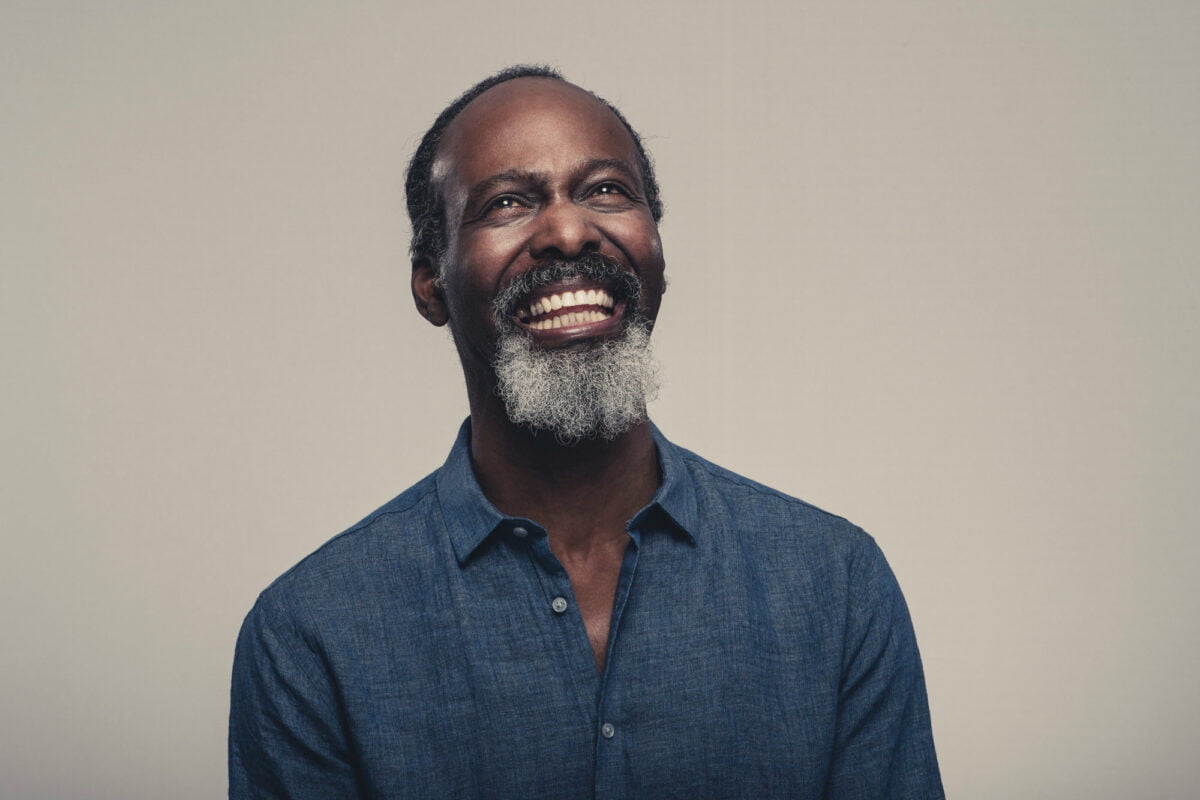
Many corporate photographers will set up white, grey or black backdrops and photograph everyone against this.
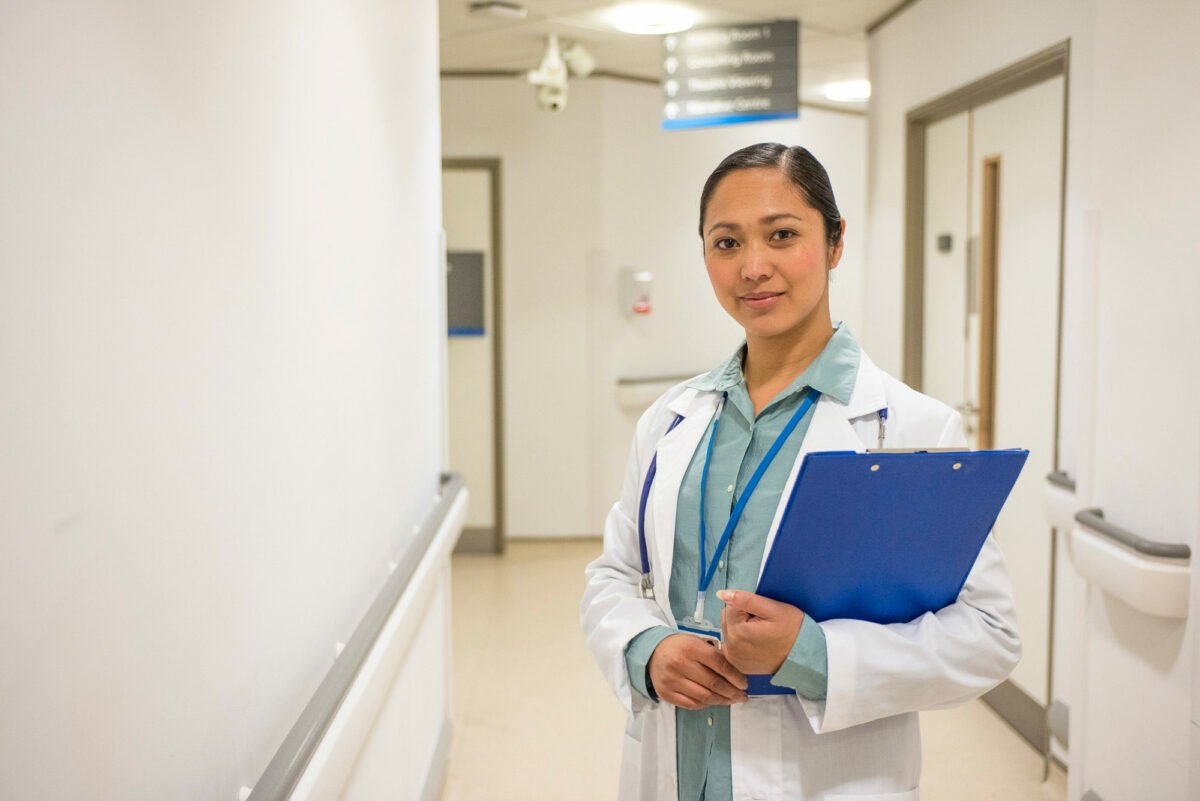
If you’ve got a nice office, your building’s got some nicely designed spaces, or the area around your office looks good, you might prefer to show the environment in the photos.
Business photos that show a nice work environment around you often give an editorial portrait look and say a bit more about the person. You’re not alone in a white space, you’re part of a bigger story.
Having shots incorporate the environment around you and your team can help you look and feel relaxed in corporate portraits, too.
Sometimes, you’ll want to have studio-style corporate portraits taken, without having to travel to a dedicated photo studio.
For example:
Your company is running an event, and you want to use this opportunity to capture headshots of the whole team in the venue. A good corporate photographer will be able to set up a simple studio with a backdrop and lighting.
This type of studio can be set up in your offices, too, saving you the logistic nightmare and loss of time if the entire team had to take a few hours off to visit an actual studio.
The photo orientation is a result of how the camera is held. Landscape orientation photos are wide, and portrait orientation images are tall.

As most corporate portrait sitters (the people in the photo) will be standing or sitting upright, their shape will fill a portrait orientation image nicely and leave more space in landscape orientation images.

Landscape orientation (not to be mistaken for landscape photography) for corporate photos is great when you want to leave ‘breathing’ space in the image. This can be handy if you want to overlay the image with text and need space on the left or right of your sitter.
Landscape orientation is also good when you want to show a bit more of the environment around the sitter to help tell a story about them.
Of course, there are also layout considerations. Portrait orientation images fit nicely on a mobile screen or social feed.
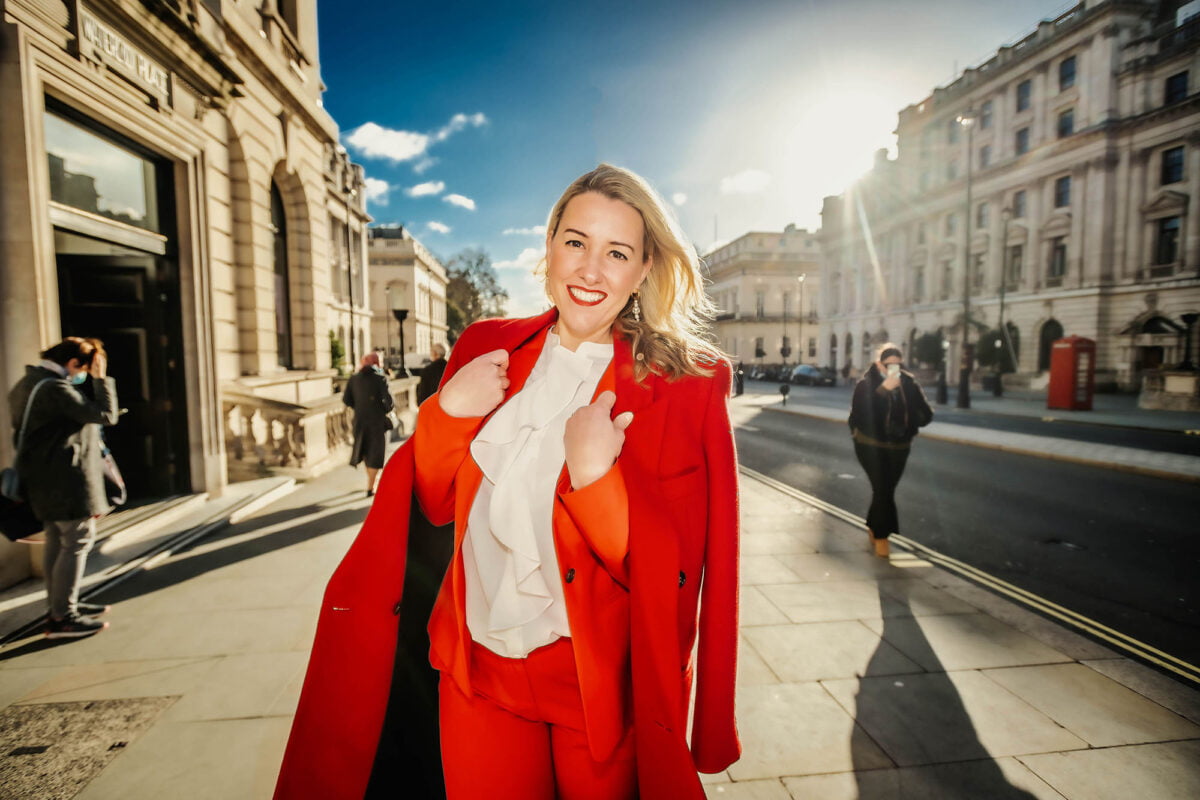
Depending on how many shots and variations you need and your time and budget, you might want to have corporate photos taken in more than one outfit or combination.
Typical examples of this on corporate shoots are :
Each change can take time but also give you more options to choose from. Sometimes, you’ll want one look for your LinkedIn profile and a different business portrait for your website.
If you’re looking for a bit more guidance on outfits for your shoot, check out our guide on what to wear for your corporate headshot session.
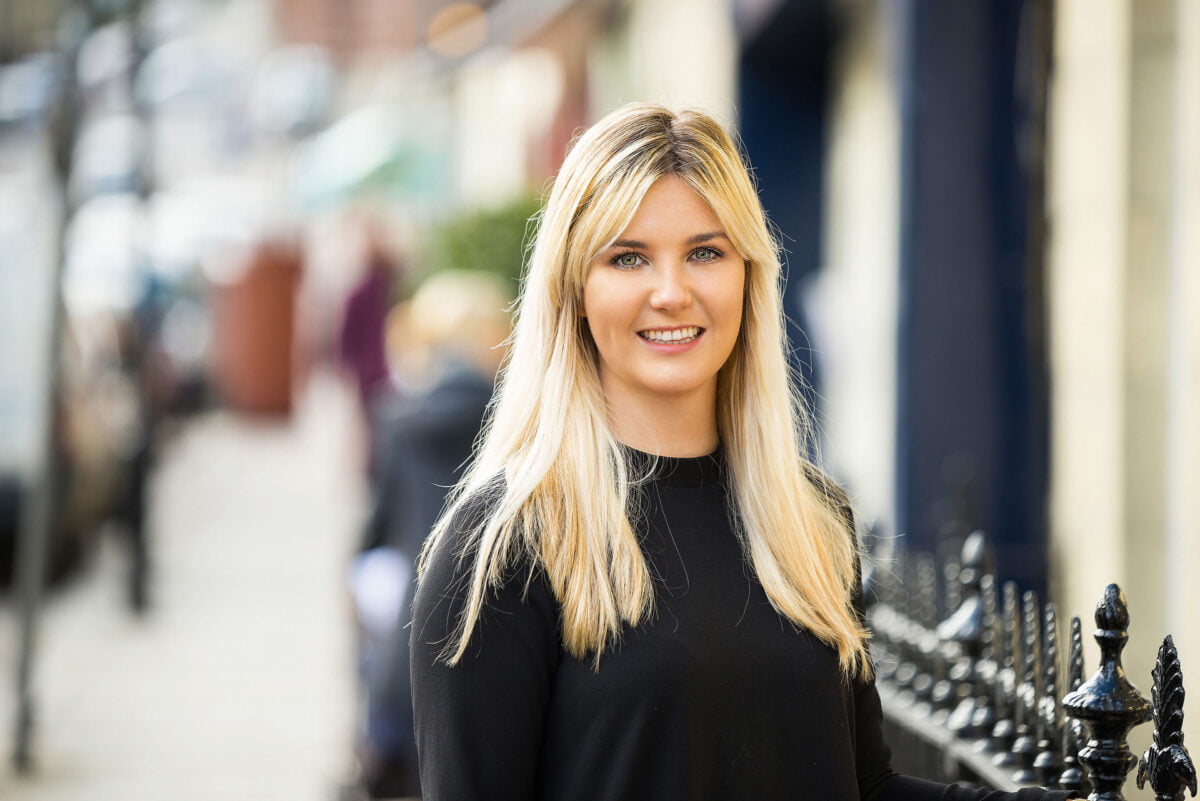
As you can see, there are a few choices you’ll need to make when booking a corporate photoshoot.
One of the best ways to make the most of your shoot is to have an idea of what you want before the shoot. Take a look at corporate photography portfolios for inspiration. Looking at a variety of photographers’ work will give you an idea of what will work for you and your business.
But while looking at portfolios will help, there’s nothing better than discussing your options with your photographer. Experienced corporate photographers will have some fantastic tips and tricks to help you make the most out of your shoot.
By knowing what you want and finding the best photographer, you’ll get company portraits and headshots you’ll be eager to feature on your website, LinkedIn, social media pages and loads of other places.
Have a fantastic photo shoot!
Photographerforhire.co.uk